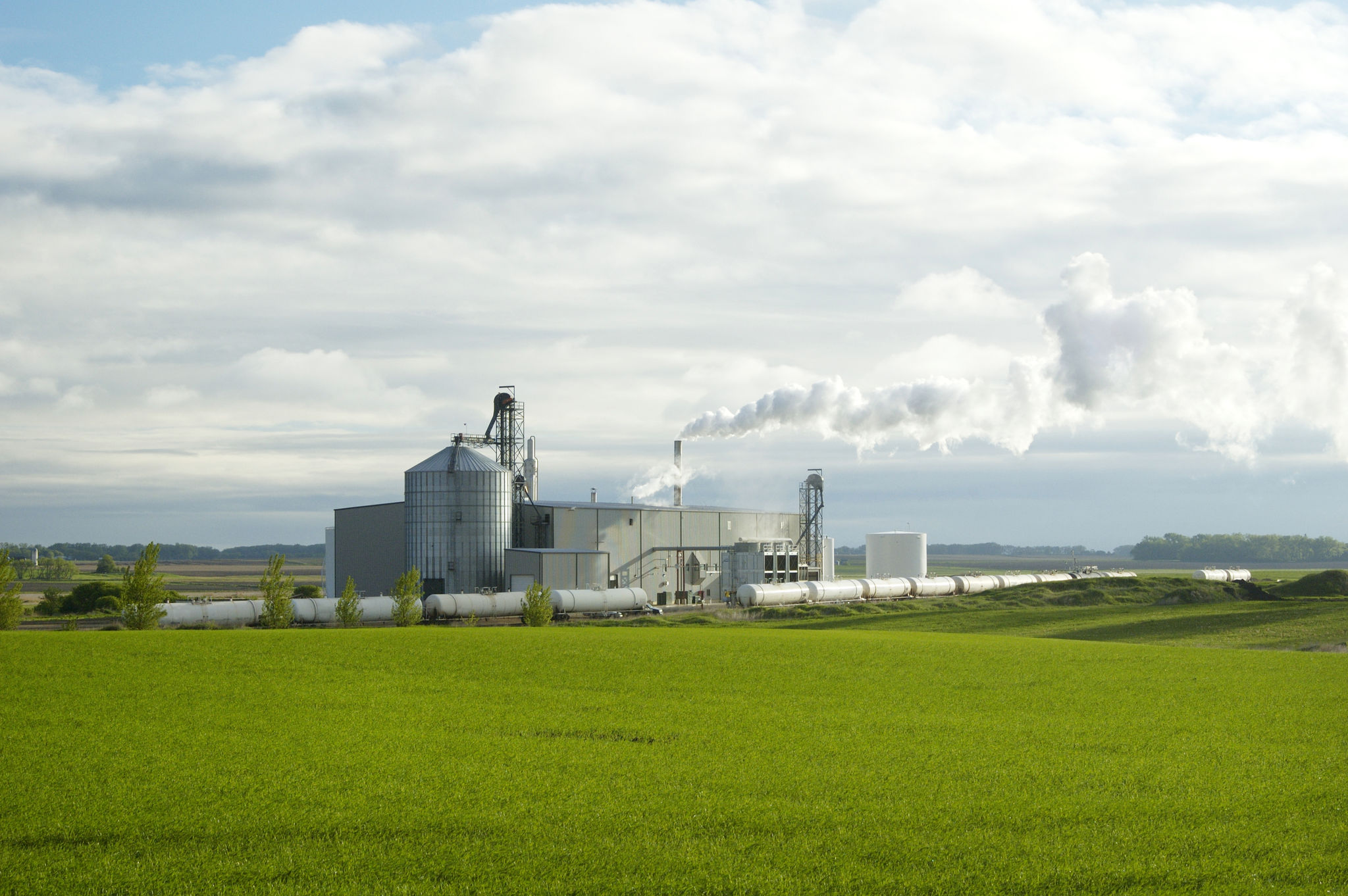How to Transform Waste Oil into Renewable Energy: A Step-by-Step Guide
Understanding Waste Oil and Its Potential
Waste oil, a byproduct of various industrial processes and cooking, poses a significant environmental challenge. Instead of discarding it, transforming waste oil into renewable energy is a sustainable solution that not only reduces pollution but also provides an alternative energy source. This guide will walk you through the process of converting waste oil into a valuable resource.

Gathering and Preparing Waste Oil
The first step in this transformation process is collecting waste oil from reliable sources such as restaurants, factories, or automotive service centers. Ensure that the collected oil is filtered to remove any impurities and contaminants. This step is crucial, as cleaner oil results in more efficient energy production.
Once collected, the waste oil must be stored in properly labeled containers to prevent cross-contamination. Keep the storage area well-ventilated and away from any sources of ignition.
Converting Waste Oil into Biodiesel
Biodiesel is one of the most common forms of renewable energy derived from waste oil. The conversion process involves a chemical reaction known as transesterification, where waste oil is reacted with alcohol (usually methanol) and a catalyst (such as sodium hydroxide) to produce biodiesel and glycerin.

Steps for Transesterification
- Mix the Catalyst: Dissolve sodium hydroxide in methanol to form the catalyst solution.
- Combine with Waste Oil: Add the catalyst solution to the filtered waste oil while stirring continuously.
- Reaction Time: Allow the mixture to settle for several hours. During this time, biodiesel will separate from glycerin.
- Separate and Wash: Carefully separate the biodiesel layer from the glycerin. Wash the biodiesel with water to remove any residual catalyst or impurities.
Utilizing Waste Oil in Energy Production
Apart from biodiesel, waste oil can be used to produce other forms of energy. For instance, it can be utilized in waste oil burners for heating purposes or even in specially designed generators for electricity production. These applications not only help in managing waste but also contribute to energy efficiency.

Environmental and Economic Benefits
Transforming waste oil into renewable energy has numerous benefits. Environmentally, it reduces the disposal problem and lowers greenhouse gas emissions. Economically, it offers cost savings on energy expenditures and creates opportunities for businesses involved in waste collection and processing.
Furthermore, adopting this sustainable practice supports local economies by creating jobs in the collection, processing, and distribution of renewable energy sources.
Conclusion
The conversion of waste oil into renewable energy is a practical and impactful approach to managing industrial byproducts. By following these steps, individuals and businesses can contribute to a cleaner environment while benefiting economically. Embracing such innovations is essential for a sustainable future.